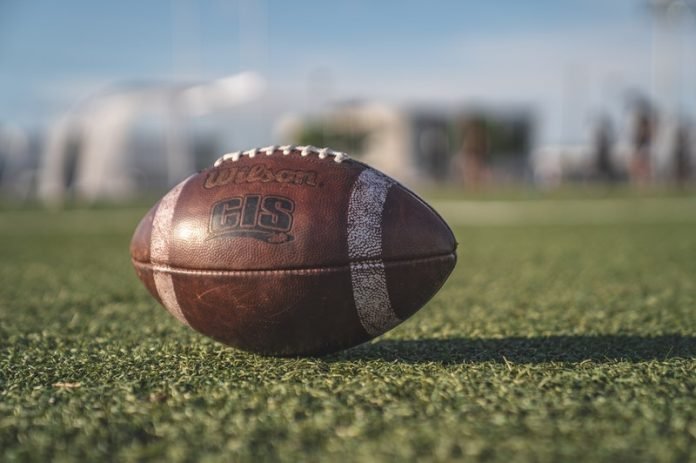
In a new study, researchers showed how side hit to the head could damage the brain, leading to a concussion.
The research was conducted by a team from Stevens Institute of Technology.
Play contact sports for any length of time and at one point or another people are probably going to have a powerful blow to the head from a hard hit or fall.
Such hit can cause serious consequences, including concussions, mild traumatic brain injury, neurological disorders.
In the study, the team examined the brain and the skull at rest and during rapid head movements.
They did bioengineered simulations that track how the brain behaves upon impact, reconstructing the inertial stresses and strains that prevail inside a brain that’s just been hit hard from the side.
They found the brain not only rings, but it has a distinct pattern of ringing when the head is hit from the side and experiences rotational acceleration.
Side impacts to the head lead to rotational accelerations that cause mechanical vibrations to concentrate in two brain regions: the corpus collosum, the bridge that links the hemispheres, and the periventricular region, white matter lobes at the brain’s root that helps speed muscle activation.
More shear strain presumably yields more tissue and cell damage, particularly since shear, opposing motions tend to deform brain tissue more readily than other biological tissues.
The findings may not only have implications for brain injury assessment but for sports helmet makers in search of measurable parameters that can simply distinguish ‘concussion’ from ‘no concussion’ to help the industry set safety standards.
The team says that a hit to the head creates non-linear movement in the brain. That means that small increases in amplitude can lead to unexpectedly big deformations in certain structures.
Identifying the parts of the brain that are most at hazard in side impacts makes them prime targets for further research in quest of insights into concussions and detailed brain behavior in collisions.
Such knowledge can’t come soon enough more than 300,000 American children and teenagers suffer sports-related concussions every year.
One author of the study is Mehmet Kurt, a mechanical engineer.
The study is published in Physical Review Applied.
Copyright © 2019 Knowridge Science Report. All rights reserved.



